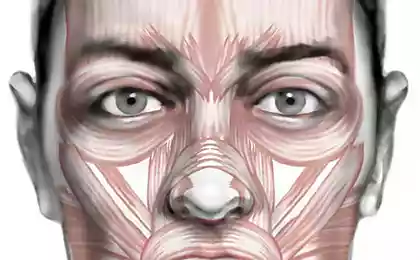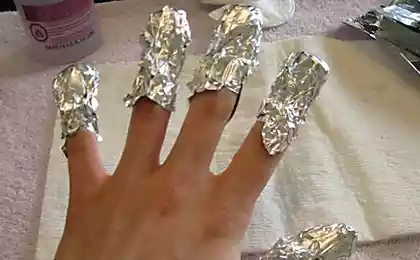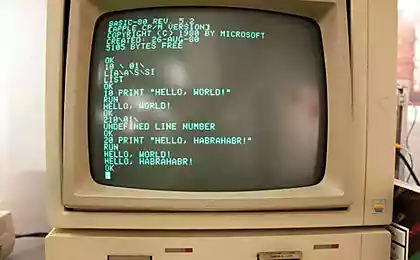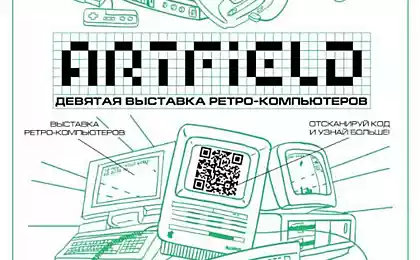606
"Electronic foil" turns human skin into the computer

Scientists have created an "electronic foil", which allows the chips to take shape any surface - stretched on it or bend at different angles. Thanks to this electronic someday could become as accessible as polyethylene.

In recent years, followed by a series of breakthroughs in soft flexible electronics. One of the researchers working in this direction - John Rogers of the University of Urbana-Champaign, Illinois. Several months ago, Rogers and his colleagues have developed a flexible, flexible batteries to power a new generation of flexible displays, solar panels and other devices.

They created "epidermal electronic system" - small flexible circuitry that can be applied to the skin in the same manner as the temporary tattoo - after some time electronics dissolved. This decided to improve the development of scientists from the University of Tokyo, led by Martin Kaltenbrunner.
Using standard techniques common in the semiconductor industry (e.g., vacuum evaporation, and chemical vapor deposition), researchers have made integrated circuit to an ultrathin organic (one micron) plastic film, also known as the polymer film.
The thickness of the resulting "electronic foil" is only two microns, "foil" is 30 times lighter than the paper and can be bent to a radius of five micrometers, which allows its crease without sacrificing chip. In addition, given that polyethylene film is manufactured on an industrial scale and sold in large rolls, the cost of the electronic film to be extremely low.

Utilizing a thin film transistor was made, and then integrated into the tactile sensor that can be implemented within the uneven surfaces, for example on human lips. This can allow the people to speak, not even moving his lips and tongue - enough to touch sensors, to answer the question. Wearing such a device is not painful. Another possible use of the technology - the creation of artificial skin for robots, which would make her touch sensitivity.
"Electronic foil" may be a new step in the creation of interfaces between biological systems and semiconductor technology. In addition, it can be used in health care, for example, by embedding it in a temperature sensor.
via factroom.ru
Talisa Stark from the series "Game of Thrones" - a granddaughter of Charlie Chaplin
7 Unusual facts about coffee that you did not know





















